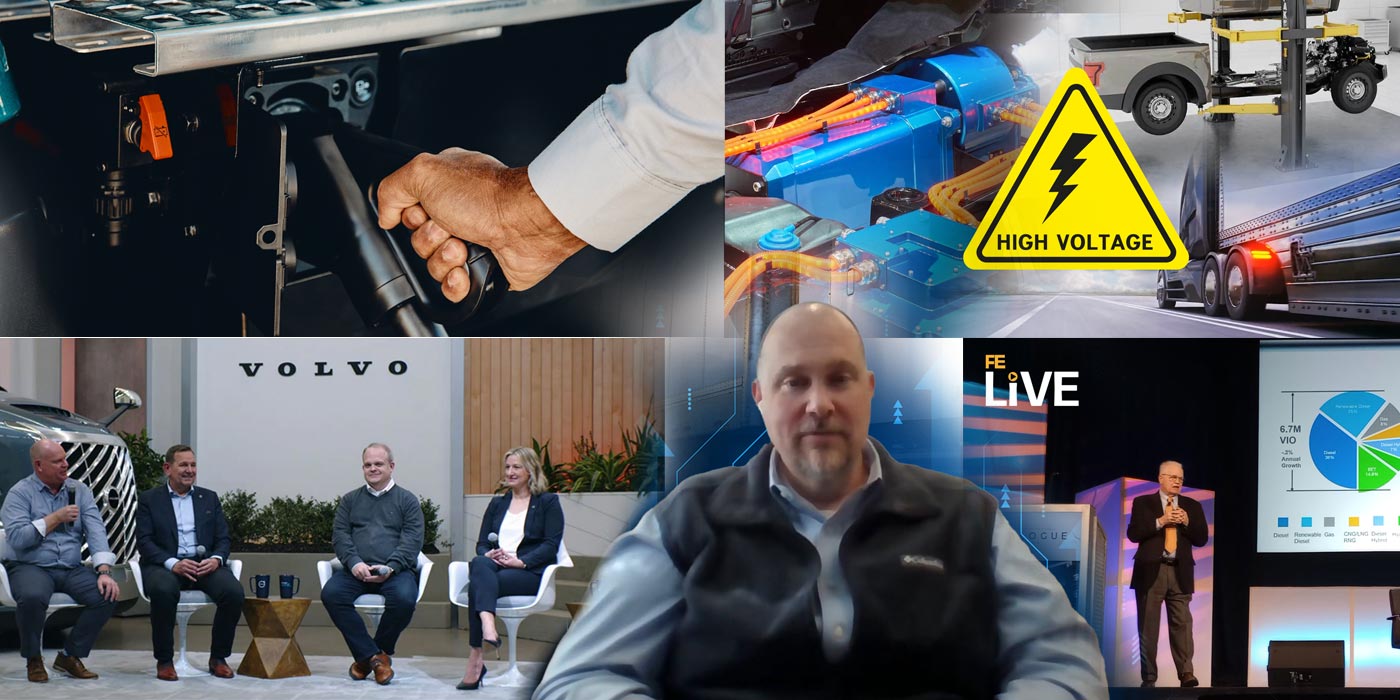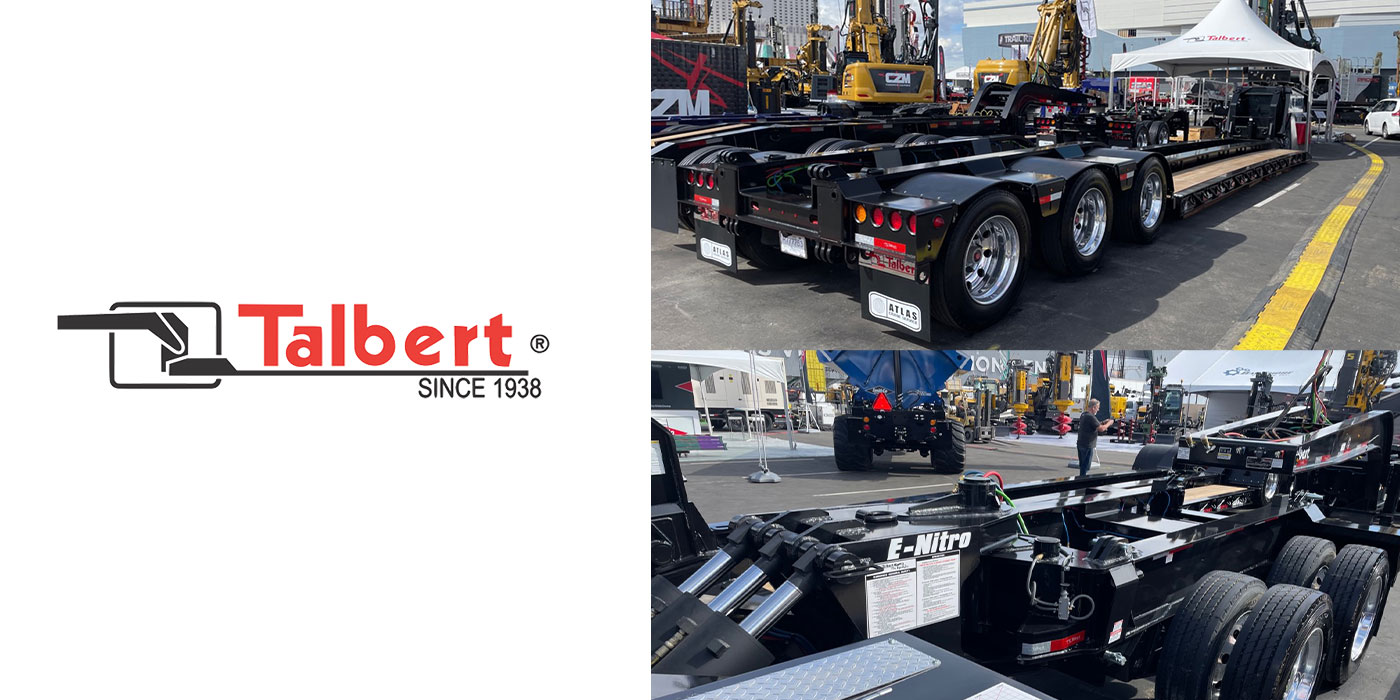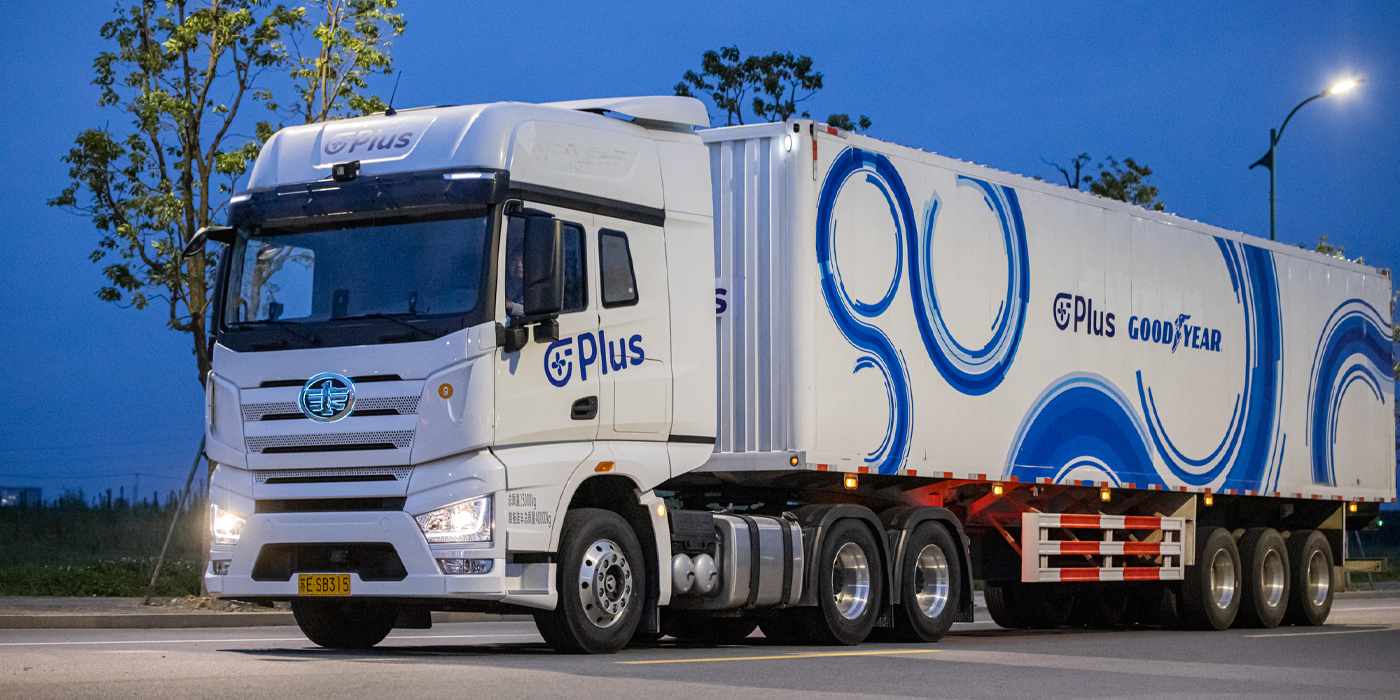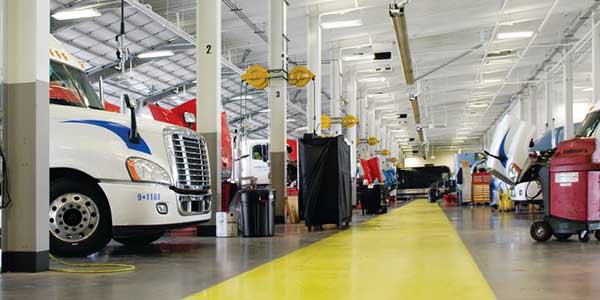According to Jeff Weber, vice president of sales and marketing for Ervin Equipment, “Over-the-road trucking is currently at the bottom of an up-down, supply-demand cycle, especially in dry vans. Fleet managers are not only dealing with the effects of recession of 2008-10, but also the downturn of 2001-03.
What is happening, and what will happen over the coming three to five years, becomes easier to understand when you look at new trailer production in and between those two timeframes.”
It’s important to remember new trailer models are a full year ahead of the calendar year. That means trailers that started coming off of the line on Jan. 1, 2013 are actually 2014 model year trailers. The core of what most carriers want to buy in the used market is the 4- to 10-year-old trailer.
Because of the weak economy, many carriers lost money from 2008-10 and into 2011. They either have been hanging onto their equipment longer or have looked to the used market.
Now, more loads are becoming available and new production has made a comeback—however, even though recovery is in full force, fleet managers who need to replace equipment are finding themselves trying to make a tight turn in a rush-hour intersection.
Fleet managers are now looking for trailers built between 2004-10, and the more recent, the better. But there weren’t many trailers built from 2001-04 or from 2008-10, so those models are hard to come by. That leaves 2005, 2006 and 2007 models. It’s a narrow lane, and everyone is trying to get through it at once. They have two options. They can buy a trailer that is 8, 9 or 10 years old, or they can buy new.
Just as carriers have been ramping up again, so have manufacturers, but new trailers don’t just start rolling off the line overnight; it can take several months to produce one. Combine that with a huge backlog of orders, and fleet managers are looking at a four-, six- or even eight-month lead-time.
In the used market, demand is high and the prices are even higher; from January 2010 to January 2013, for example, used trailer prices skyrocketed 40% or more.
New or used, trailer availability follows the same pattern: availability goes down, so prices go up. Used trailer availability is tight right now, and will remain that way for a while. Demand for new trailers is projected to remain strong, so barring an unseen disaster or circumstance, used trailer prices are going to stay elevated for the next three to five years.
The market will start to even out around 2017. At that time, the carrier that wants to buy a 6-year-old trailer will be looking at 2011 models, the year production started to climb again. And, since availability will increase, prices on that used equipment will level out, as well.
Some fleets have found a way to source good used trailers with the right specs and more palatable prices between recessions.
Weber contends, “It’s all about working with a good supplier that deals in volume to get the best price on trailers with the right specs at convenient pick-up locations. A typical trailer dealer in the United States sells 300-700 new and used trailers a year. Approximately five suppliers in the country sell more than 2,000 trailers a year, and only one consistently reaches the highest volume in the industry, around 8,000 trailers annually.”
Larger suppliers generally cover broader geographic areas than smaller competitors, which means they can find and retrofit almost any model year and type of trailer. Larger dealers also can provide one type of trailer, one brand, a specific model year and a specific set of specifications. This can be beneficial particularly in terms of projecting a positive image and providing customers with confidence.
In terms of maintenance, getting the exact trailers will save the carrier hassle and money, as well. The company will only have to stock one kind of brake pad, one type of trailer door, one trailer lock, and so on. It keeps maintenance consistent and efficient and, ultimately, lowers the cost of ownership.
Taking that a bit further, lower cost of ownership, both initial and long-term, is one of the greatest benefits of working with a large supplier. For example, when the supplier purchases 3,000 used trailers, the supplier is able to negotiate the absolute lowest price based on the volume. So it doesn’t matter if the supplier’s customers are two-person owner-operators or a carrier looking for 1,000 trailers; both benefit from the large supplier’s buying power.




